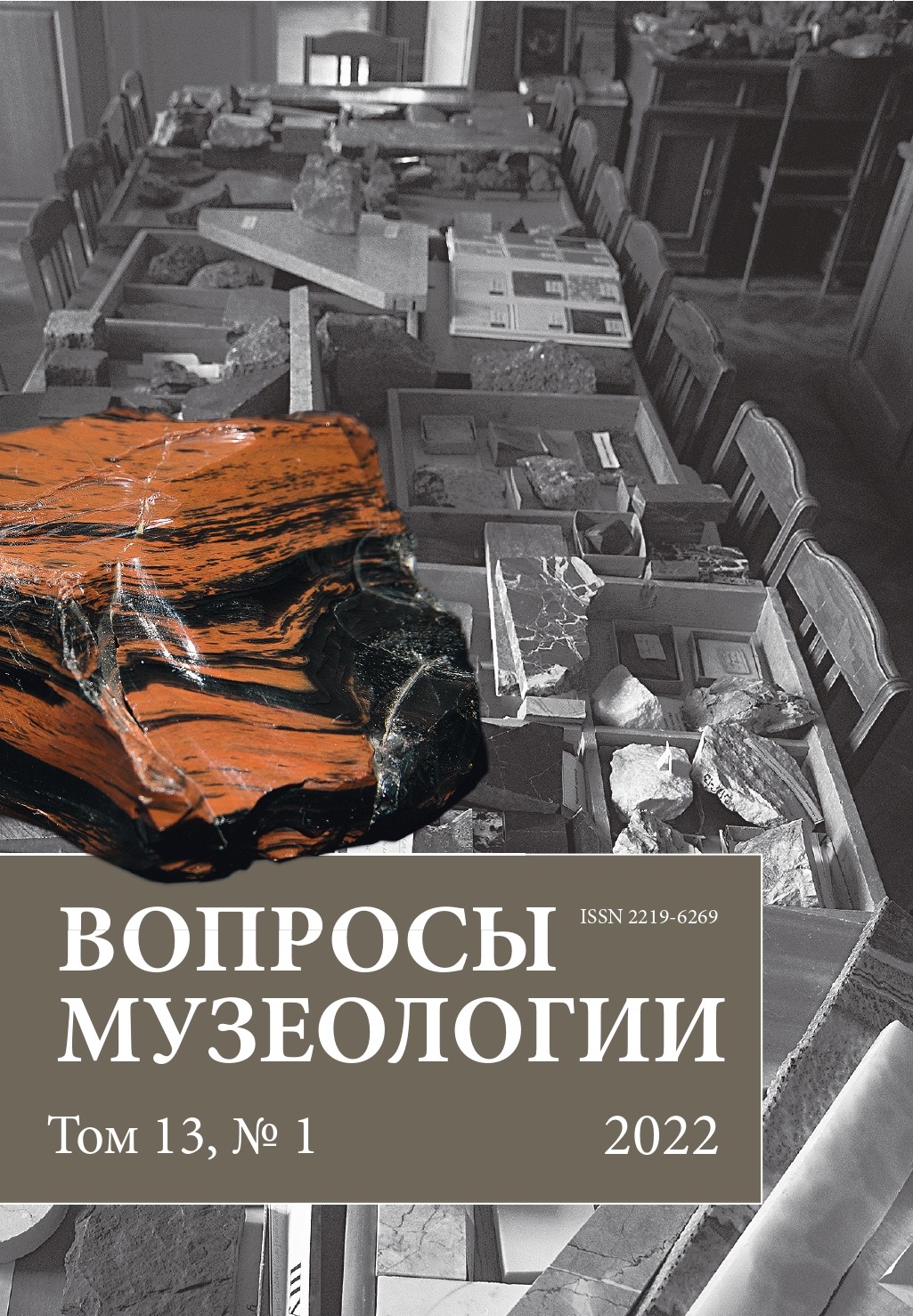Museum restitution problems: The cases of the Grosz and Flechtheim families against the New York Museum of Modern Art
DOI:
https://doi.org/10.21638/spbu27.2022.112Abstract
The relevance of the topic raised in this article is justified by the importance of the issue of restitution of cultural property after the Second World War and the interest it arouses in society at the current stage of development. During the time that has passed since the defeat of Nazi Germany, many former owners of works of art, from whom the Nazis requisitioned their collections, have regained their artifacts. The process of restitution continues up to the present. The idea of restitution arose from the idea of protecting cultural property from encroachment. And if shortly after the war, the families of former owners of works of art tried to return their art property from private collectors, now lawsuits are usually directed against museums. One of the well-known restitution cases in recent years is the lawsuit against the New York Museum of Modern Art, which is an attempt to return family values by the descendants of the German artist Georg Grosz and collector Alfred Flechtheim. Dispute resolution has not yet been brought to its logical conclusion. The purpose of the article is to establish the problems of returning the lost cultural property that was illegally acquired by the Nazis during the Second World War and sold to museums, as well as to private collectors. Today, many of these works of art are owned by American collectors or museums. The descendants of repressed cultural figures who suffered from the Nazi regime demand the restoration of their rights, through the restitution of art artefacts or compensation for lost works of art.
Keywords:
restirution, work of art, Nazis, claims, lost collections, museums, private collections
Downloads
References
Burleigh N. Haunting MoMA: The Forgotten Story of “Degenerate” Dealer Alfred Flechtheim. Lootedart. com. The Central Registry of Information on Looted Cultural Property 1933–1945. URL: https://www.lootedart.com/news.php?r=QNVN6Q521801 (accessed: 11.02.2020).
Cohen P. 2011. Family’s Claim Against MoMA Hinges on Dates. The New York Times. August 23.
Gerstenblith P. 2019. Art, Cultural Heritage and the Law, Cases and Materials. Carolina: Carolina Academic Press.
Harriet A. 2015. New York museum returns painting stolen by Nazis after decade-long battle. The Telegraph. November 17: 2.
Kaufman J.E. 2009. New evidence in Grosz Nazi loot case against MoMA. The Art Newspaper. URL: https://www.theartnewspaper.com/2009/11/01/new-evidence-in-grosz-nazi-loot-case-against-moma (accessed: 17.05.2022).
Laurie S., Lynn N. 1995. The Rape of Europa: The Fate of Europe’s Treasures in the Third Reich and the Second World War. New York.
Wallace A., Bandle A.L., Renold M.-A. 2010. Case Three Grosz Paintings — Grosz Heirs v. Museum of Modern Art. Platform ArThemis Art-Law Centre, University of Geneva. URL: https://plone.unige.ch/art-adr/cases-affaires/three-grosz-paintings-2013-grosz-heirs-v-museum-of-modern-art/footnotefn (accessed: 15.04.2019).
Downloads
Published
How to Cite
Issue
Section
License
Articles of "The Issues of Museology" are open access distributed under the terms of the License Agreement with Saint Petersburg State University, which permits to the authors unrestricted distribution and self-archiving free of charge.




